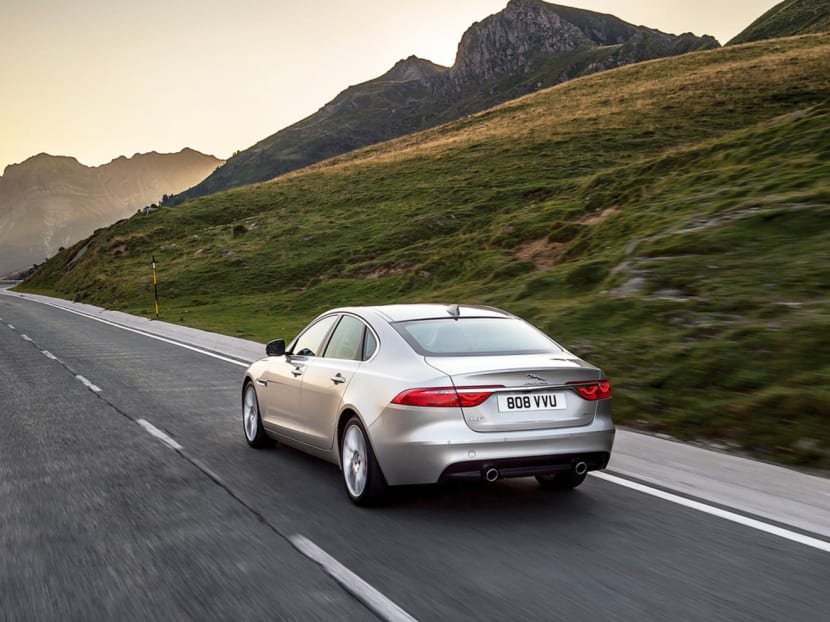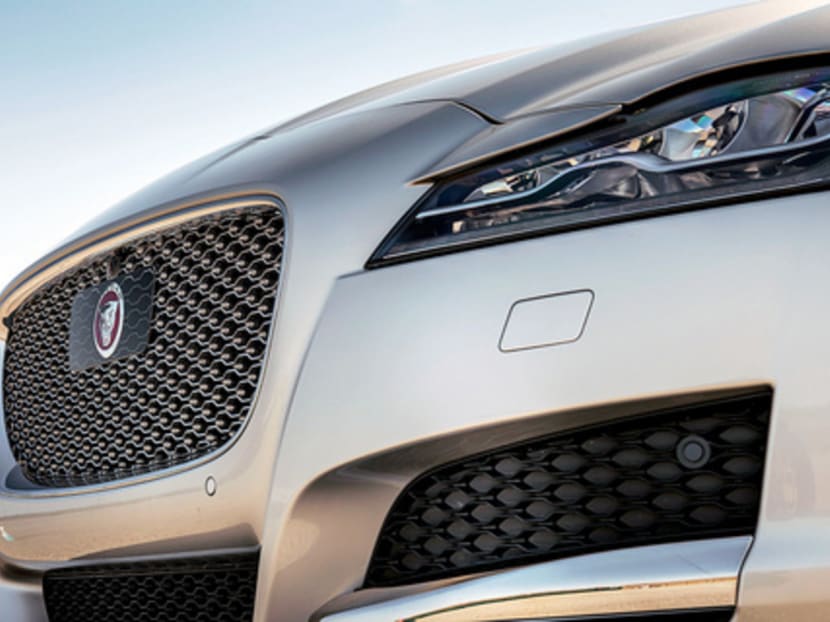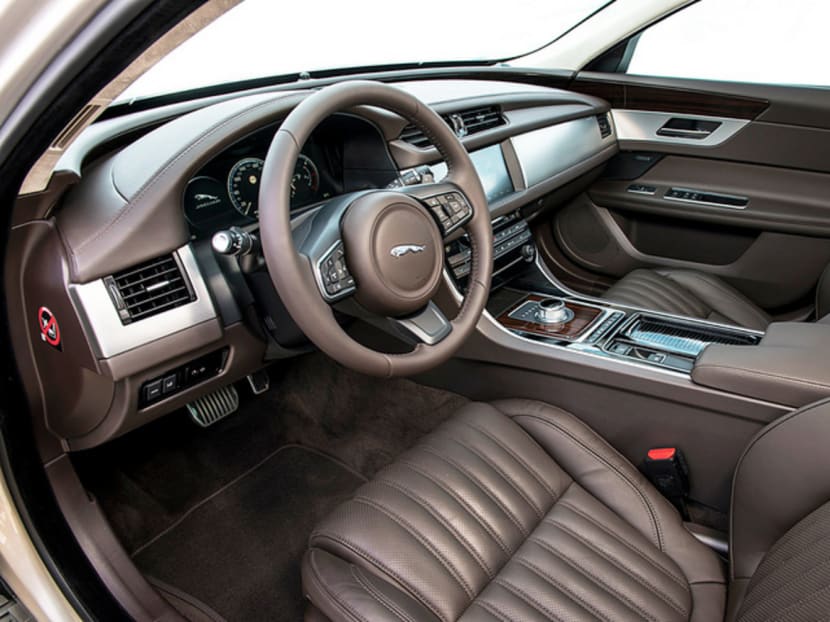A Jag with a lighter edge
Pamplona, Spain — To feel more sprightly, it often helps to shed a few kilos. That applies as much to a car as it does to someone trying to wriggle into their jeans. For you and I, losing weight may mean swearing off ice-cream for a while, but the new Jaguar XF shows how car manufacturers do it.



Pamplona, Spain — To feel more sprightly, it often helps to shed a few kilos. That applies as much to a car as it does to someone trying to wriggle into their jeans. For you and I, losing weight may mean swearing off ice-cream for a while, but the new Jaguar XF shows how car manufacturers do it.
Launched in Singapore two days ago, the XF is built on a lightweight platform that cost about S$4 billion to develop. Codenamed iQ[Al] — an acronym for Intelligent Aluminium Architecture — the new chassis swaps steel for aluminium in key places.
Adding lightness
Three quarters of the XF is now made of the material, allowing its body to be 28-per-cent lighter than its predecessor’s, yet 11-per-cent stiffer. Other weight-saving measures mean the new XF is 120kg lighter. It’s a significant loss of flab, and coupled with a stiffer body and almost 50:50 weight distribution, it makes for a well-composed chassis when entering a corner fast.
Thanks to adaptive dampers, the ride quality can be cosseting, too. In switching to aluminium, Jaguar is following in the tracks of many manufacturers. Its last new model, the smaller XE, is built in the same lightweight way. Its next car, the F-Pace sports utility vehicle, will be, too.
The brand has abandoned retro styling, and the new XF (penned by Jaguar’s design head Ian Callum, who did the 2001 Aston Martin Vanquish) looks much less stodgy. The new XF is 7mm shorter than its predecessor, but has a longer wheelbase that gives more space for passengers. Jaguar says it has more knee room in the back than any of its rivals.
LET ME ENTERTAIN YOU
Previous Jaguars have lagged in the infotainment stakes, but the XF comes with its manufacturer’s latest media system called InControl Touch.
Powered by an Intel quad-core chip, it syncs with both Apple and Android phones and has a user interface modelled after smartphones — another sign Jag is keeping up with the times. At the car’s international debut in Spain, we tested the 375bhp, 3-litre supercharged petrol model that is the current range-topper.
Wearnes Automotive, the Jaguar importer in Singapore, will be offering a 2-litre petrol engine as the base model. A 2-litre diesel will be launched later with 3-litre diesel and petrol variants available on special order.
TEUTONIC TUSSLE
The 3-litre model we drove in Spain is meant to take on the BMW 535i and Mercedes-Benz E 400, while the 2-litre petrol can count the BMW 520i and Mercedes-Benz E 200 as competition.
To take the fight to its German rivals, the XF will be offered in two trim levels that come with plenty of equipment. The Prestige pack includes xenon headlights with LED, Taurus leather seats and interior mood lighting, all to give it the plush interior one expects of a British luxury car.
With a 240hp, 2-litre engine, that model costs S$229,999 with COE. For S$30,000 more, you get the RSport trim that is for owners who like their Jaguars to look sporty. The package includes 18-inch alloy rims, body-kit with a racier front bumper, side sills and a bootmounted spoiler, stiffer suspension, sport seats with mesh inserts and a smattering of different trim parts.
Whichever XF you choose, it will be a much better car than its predecessor, which is the least that could be expected of a contender in such a hard-fought segment. Thanks to the Jaguar’s aluminium skeleton and body, the result is an agile car that readily rewards the keen driver.
We’ve yet to try the 2-litre engine, but it does offer more horsepower than the competition from Germany, so it should be decently fun to drive. If nothing else, it should also offer athleticism without you having to give up ice-cream.
Jaguar XF 3.0 V6
Engine: 2,993cc, 24V, V6 supercharged, 375bhp, 450NmPerformance: 250kmh, 0-100kmh 5.3s, 8.3L/100km, 198g/km CO2Price: On applicationOn Sale: NowPros: High-quality cabin, dynamic handling and state-of-the-art driving assist systemsCons: Base 2-litre petrol version an unknown quantity





